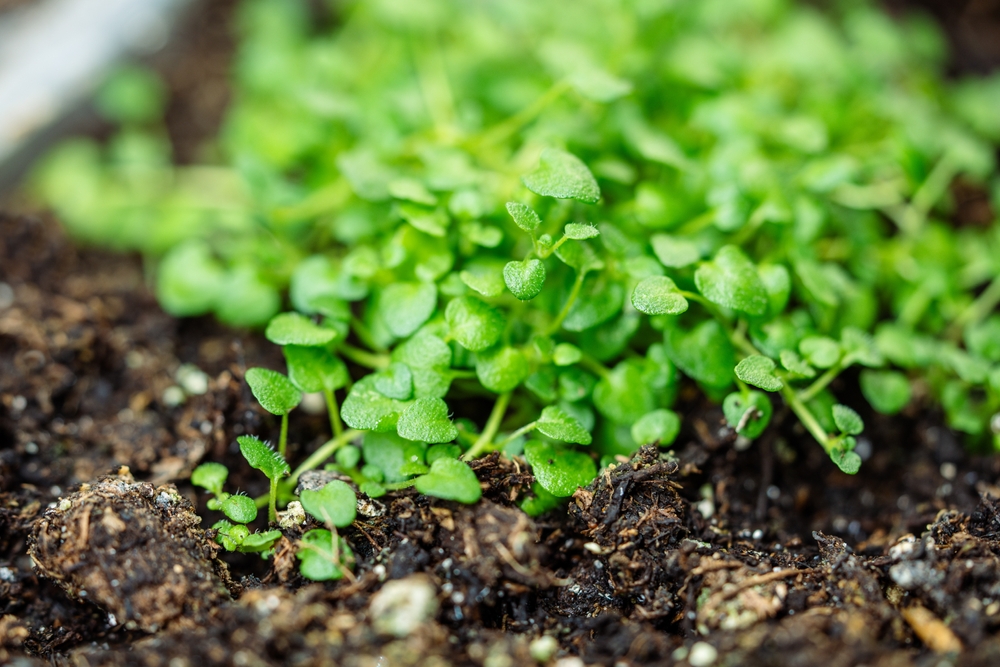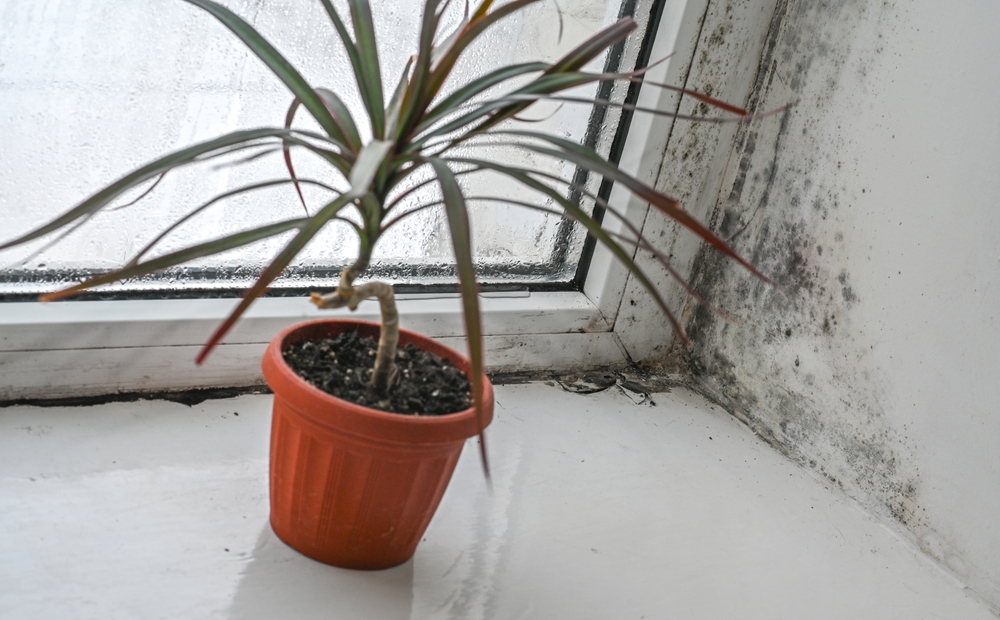
You can feel it the second you step outside—autumn air just hits differently. The sun’s still shining, but there’s a crispness that creeps in, tugging the warmth right out of your skin. Your hair starts doing its own thing, your houseplants look slightly offended, and suddenly you’re googling “best humidifiers for fall” like your life depends on it. Here’s the secret: it’s not your imagination.
Moisture levels really do matter more in autumn, and they can quietly affect everything from your comfort to your health to the actual integrity of your home. Let’s break down why the air gets so tricky this time of year—and what happens if you ignore it.
The Great Autumn Air Shift
Autumn air has a personality all its own—drier, cooler, and constantly changing. As summer humidity fades, the moisture content in the air drops dramatically, which can make your skin, lips, and even your sinuses feel like they’ve been living in a desert. But it’s not just you; the environment feels it too. Hardwood floors can shrink, gaps appear in molding, and paint may start to crack because materials naturally contract when the air loses moisture. The change is subtle at first, but by the time you’ve pulled out your sweaters, your entire living space is already adjusting to the shift.
Why Your Skin and Hair Freak Out
Your skin has one simple goal: keep moisture in and bad stuff out. When the humidity dips, that protective barrier takes a hit, leaving you itchy, flaky, and irritated. Even people who never deal with dryness suddenly find themselves slathering on extra lotion or using conditioner like it’s their job. Hair reacts too—it becomes frizzy, brittle, or just generally uncooperative because it’s thirstier than usual. Paying attention to moisture levels doesn’t just keep you looking better—it actually helps your body function comfortably in drier conditions.
How Indoor Heating Makes Things Worse
Here’s where it gets sneaky. Just when you think you’ve adjusted to the cooler air outside, you crank on the heat indoors—and that’s when the real moisture battle begins. Forced air systems suck humidity out of your home faster than you can refill it, making your environment feel even drier. The result? Static electricity, chapped lips, and those annoying little shocks every time you touch a doorknob. Managing your moisture levels with a humidifier or even a few strategic bowls of water by the vents can make your home feel ten degrees cozier without touching the thermostat.
Plants, Pets, and the Hidden Effects of Dry Air
Humans aren’t the only ones who struggle when humidity drops. Houseplants start wilting faster, leaves crisp up at the edges, and soil dries out long before the next scheduled watering. Pets can feel it too—their skin can become itchy, and dander can increase when indoor air loses too much moisture. Even wooden furniture and musical instruments can suffer; pianos, for instance, can go out of tune because the soundboard reacts to changing humidity. Keeping an eye on indoor moisture isn’t just about comfort—it’s about protecting everything (and everyone) that lives under your roof.

The Science Behind the Seasonal Shift
So why does this happen every year like clockwork? It’s all about temperature. Warm air holds more moisture, while cold air can’t handle nearly as much. As autumn ushers in cooler weather, the air’s natural capacity for humidity drops, leading to that crisp dryness you feel everywhere. When you add in windier conditions and decreasing daylight, the moisture balance around you shifts even more dramatically. In short, autumn creates the perfect storm for dryness—and your environment feels every bit of it.
Your Immune System Notices, Too
You might think dry air just affects your skin, but your body’s internal systems are on high alert, too. When the humidity dips too low, your nasal passages dry out, making it easier for viruses and bacteria to slip past your defenses. That’s part of why cold and flu season often ramps up in the fall. Your body’s first line of protection—the mucous membranes—work best when they’re moist, not parched. Maintaining balanced moisture levels can literally make you less likely to get sick.
The Energy Efficiency Connection
Here’s a fun twist: moisture balance also affects how warm or cold you feel. Dry air feels cooler, which can trick you into cranking up the heat and driving your energy bill through the roof. But with proper humidity levels, the air retains warmth better, making your space feel more comfortable at lower temperatures. It’s one of those little science-backed hacks that can save both your skin and your wallet. So, while everyone else is shivering and overpaying for heat, you can stay toasty just by keeping the air hydrated.
How to Find the Sweet Spot
There’s such a thing as too much moisture, of course. When indoor humidity climbs too high, you risk mold, mildew, and condensation problems that can wreak havoc on windows and walls. The goal is balance—usually somewhere around 40 to 50 percent relative humidity. You can easily track it with a small hygrometer, and once you start monitoring, you’ll be amazed at how much of a difference a few percentage points make. Think of it like tuning an instrument: when your air’s “in tune,” everything around you just feels better.
Your Mood and Energy Depend on It
Believe it or not, dry air can actually affect how you feel emotionally. Dehydration doesn’t just happen through drinking too little water—it also happens through constant exposure to low-humidity environments. When your body is working overtime to stay hydrated, you can feel sluggish, irritable, or just off. On the flip side, balanced air moisture helps your body regulate temperature and maintain steady energy levels throughout the day. It’s why people often describe well-humidified rooms as feeling “soothing” or “fresh”—your body instantly relaxes when the air feels right.
Don’t Wait Until Winter to Adjust
By the time December rolls around, most people realize their homes feel dry and uncomfortable—but by then, the damage is already done. Autumn is the transition season, which means it’s your best window to make small adjustments before the real dryness sets in. Adding humidity early helps your skin and home adapt more smoothly, minimizing shock to both your body and your environment. Consider it a preemptive strike against static hair, dry coughs, and cracking wood. Waiting too long only means you’ll spend the entire winter chasing comfort you could have preserved in October.
Moisture Is the Secret Ingredient of Comfort
Autumn might be cozy season, but comfort doesn’t come from pumpkin candles and blankets alone—it comes from balance. Paying attention to moisture levels keeps your body healthy, your home stable, and your energy bills in check. It’s one of those invisible factors that quietly controls how good you actually feel day to day. So, next time you’re sipping cider and admiring the fall leaves, spare a thought for the air itself—it might just be the unsung hero of the season.
Have you noticed how your home or skin changes when the humidity drops? Share your thoughts, tips, or fall comfort hacks in the comments below.
You May Also Like…
Why Morning Dew Affects Disease Rates in Fall
12 Crops That Need Extra Watering Before Frost
Why Compost Layers Matter More in Fall
7 Garden Tasks to Protect Bees in Autumn
How to Save Money Buying Fall Perennials
The post Why Moisture Levels Matter More in Autumn appeared first on Frugal Gardening.







